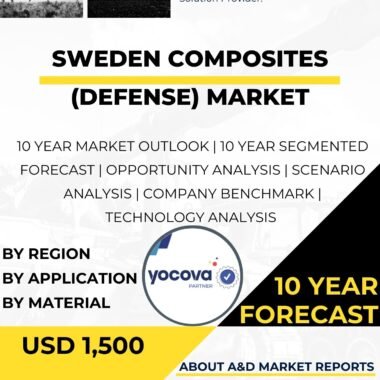Description
Japan Defense Armor Material Market has grown significantly in recent years. This growth reflects the nation’s focus on strengthening defense capabilities and addressing security challenges in the Indo-Pacific region. Armor materials are essential in modern defense systems, protecting military personnel, vehicles, and critical assets against ballistic and blast threats.
Japan’s security concerns are shaped by regional tensions, evolving global threats, and the need for a technologically advanced defense force. In response, Japan has invested in advanced armor materials to modernize its defense forces while fostering domestic innovation and expertise.
Applications of Defense Armor Materials
One primary application is personnel protection. The Japan Self-Defense Forces (JSDF) prioritize the safety and survivability of their personnel in diverse operational environments. Advanced materials, such as aramid fibers and ceramic composites, are used in body armor, helmets, and ballistic vests. These lightweight materials provide strong protection against bullets and shrapnel, allowing JSDF personnel to operate confidently in potentially hostile situations.
Defense armor materials also play a key role in vehicle and platform protection. The JSDF operates tanks, armored personnel carriers, and naval vessels. Modern armor materials enhance survivability, protecting crews and equipment from a variety of threats on the battlefield. Lightweight, high-strength materials allow effective protection without compromising mobility or performance.
Domestic Development and Innovation
Japan emphasizes indigenous defense capabilities. Domestic companies and research institutions actively develop armor materials tailored to national requirements. Collaboration between the government and domestic industry fosters innovation and strengthens the domestic armor materials market.
The JSDF also benefits from international cooperation. Participation in multinational exercises and joint operations requires advanced armor to protect allied forces and assets. Japan’s alliance with the United States provides access to cutting-edge armor technologies, boosting operational effectiveness and contributing to regional security.
Market Challenges
The armor material market faces several challenges. Supply chain disruptions can affect the availability of high-performance materials. Balancing protection with weight is critical; heavy armor can limit mobility, while lighter armor may compromise safety. Continuous innovation is necessary to meet evolving threats.
Cost is another consideration. Developing and acquiring advanced armor materials can be expensive. Japan must carefully allocate budgets to invest in cutting-edge technologies while maintaining other critical defense capabilities.
Conclusion
The defense armor material market in Japan has grown in strategic importance. Armor materials protect military personnel, vehicles, and assets, enhancing operational readiness and survivability. Collaboration between the government, domestic industry, and allied nations drives innovation and strengthens the market.
Addressing challenges such as supply chain reliability, weight optimization, cost, and technological development is crucial. By leveraging advanced armor materials, Japan can enhance its defense capabilities, modernize the JSDF, and contribute to regional and global security.




